What is Hypospermia?
According to modern medicine, Hypospermia is a male medical condition that is characterized by the production of unusually low amounts or volume of semen upon ejaculation.
The National Institutes of Health based in the U.S concludes that any person produces lower than 2 ml of semen is suffering from Hypospermia, while the World Health Organization (WHO) have considered the condition to be experienced by men with lower than 1.5 ml of semen.
It is easy for you to confuse Hypospermia with Oligospermia, which is almost a similar condition. However, Oligospermia is more important for male fertility while Hypospermia includes other issues.
People who suffer from Hypospermia have ejaculations that are not good enough due to low semen volume and do not experience normal sexual satisfaction after a sexual encounter.
This explains why Hypospermia may cause psychological or confidence issues and therefore should be treated well. Therefore, Hypospermia alone does not lead to severe male infertility issues unless if it combined with oligozoospermia, which is a low sperm count diagnosis.
It is essential to understand that there are various glands in the male’s reproductive system that collectively produced semen, which is composed of a variety of fluids. The seminal fluid is produced by seminal glands and is the essential fluid of this collection, as it comprises more than 80% of the semen.
The other part of the fluids produced during ejaculation includes fluids produced by the prostate, epididymis and other glands. The remaining fluid plays a crucial role in fertilization as consist of a combination of acids, lipids and proteins and sugars that are vital for this process.
Finally, the problem of low semen production is related to two key organs in the male reproductive system, which includes prostate gland and the seminal vesicles. The prostate is a walnut-sized gland that stores fructose, which combines with the fluid that drains into the gland from the seminal vesicles[1].
After collected the stored fructose, the fluid flows downwards to collect sperms to form semen. On the other hand, the seminal vesicles determine the quantity of semen or seminal plasma that your body should produce.
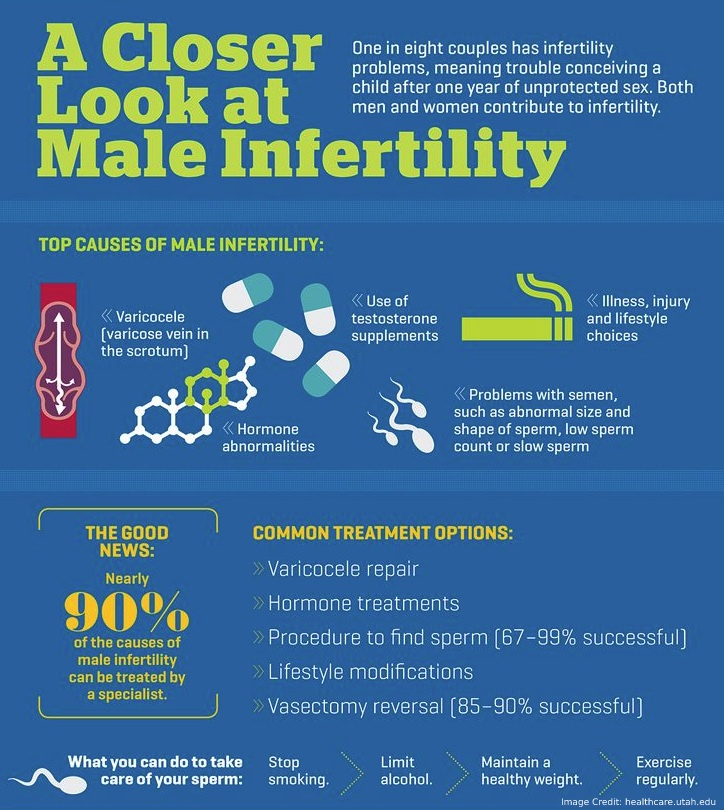
What are the Causes of Hypospermia?
Most men across the globe are wondering what could be the causes of Hypospermia. Well, one of the most common factors causing Hypospermia is an unhealthy lifestyle, which can also lead to other health problems.
These include taking high cholesterol food and fast food regularly, alcohol, smoking as well as obesity. Besides, age is also another common factor that leads to Hypospermia, though the recent studies have shown that even average aged men are also at risk. Other significant causes of Hypospermia include:
1. Pathological Conditions
Hypospermia can be caused by many pathological conditions that include retrograde ejaculation, ejaculatory duct obstruction (EDO) or the congenital absence of vas deferens and seminal vesicles. Therefore, the condition can be self-induced or congenital depending on the cause.
Partial Retrograde Ejaculation
This condition causes the semen to go to the bladder upon ejaculation, which leads to the production of a low volume of semen. Retrograde ejaculation could be as a result of urethra deformity, prostate surgery[2] or prostate hypertrophy medications.
The condition can require surgical means to treat. However, if the surgical means fail to work or are excluded, then the doctor may propose other techniques as we will see below.
Unilateral Absence of Seminal vesicles and Vas deferens
The condition of the absence of vas deferens or seminal vesicles is as a result of a genetic cause.
Ejaculatory Ducts Obstruction
This is due to certain infections or inflammations in the ejaculatory ducts such as the varicocele or prostatitis. Treating such kind of hypospermia is done using suggested pharmacotherapeutic methods that involve taking antibiotics or other pharmaceutical or herbal supplements to overcome the infection to improve the secretion.
2. Abstinence Period
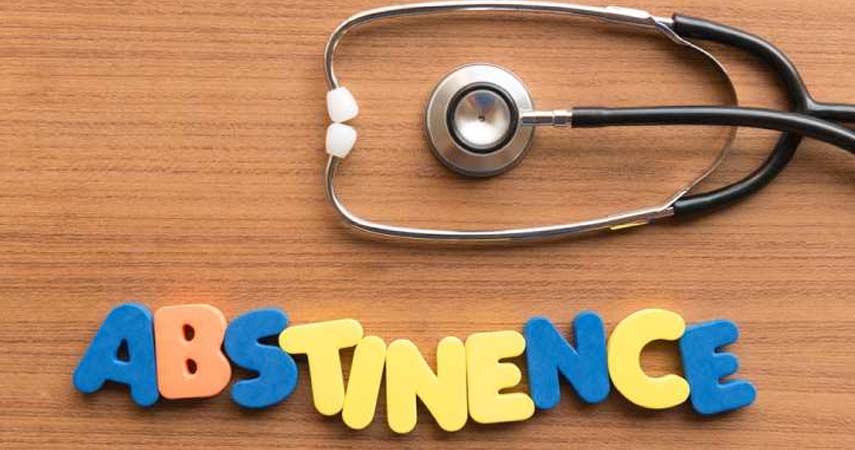
The problem low semen volume may also be linked to the period of abstinence. Therefore, examining the volume of semen after an extremely short period of abstinence like within one day may lead reduction of the amount of semen.
On the other hand, carrying out the semen analysis with a more extended period of abstinence may help in correcting the problem if the issue with the volume was because of collection mistake.
3. Damage or Impairment of Nerves
The loss of nerve impulses to the penis due to sympathetic nerves damage may also cause hypospermia.
4. Inadequate Sex Hormones
Production of insufficient amounts of sex hormones such as testosterone is also another condition that can easily lead to low semen volume.
5. Bladder Neck Surgery
Bladder neck surgery is done on patients with experience a problem while urinating can as well result to hypospermia.
What are the Diseases Associated with Hypospermia?
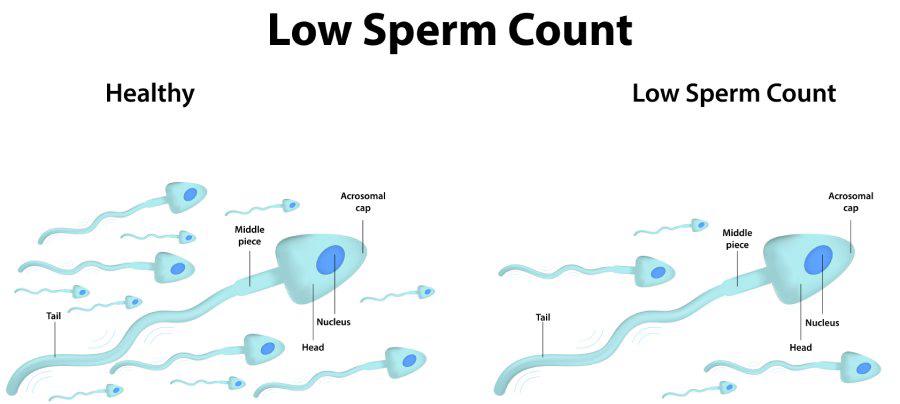
The following are some of the diseases associated with Hypospermia condition:
- Oligozoospermia
- Cryptozoospermia
- Necrozoospermia
- asthenozoospermia
- Azoospermia
- Prostatitis
What are the Risk Factors Associated with Hypospermia?
There are some factors that are associated with Hypospermia, and they include the following:
- Certain infections
- Unhealthy lifestyle
- Stress and other psychological problems
- Testicular and trauma issues
- Age (studies have shown that semen volume decreases spontaneously between the ages of 22 to 80 years)
- Drug and alcohol abuse
- Hormonal imbalance
- Ejaculatory duct obstruction (EDO)
- Retrograde ejaculation
What are the Symptoms of Hypospermia?
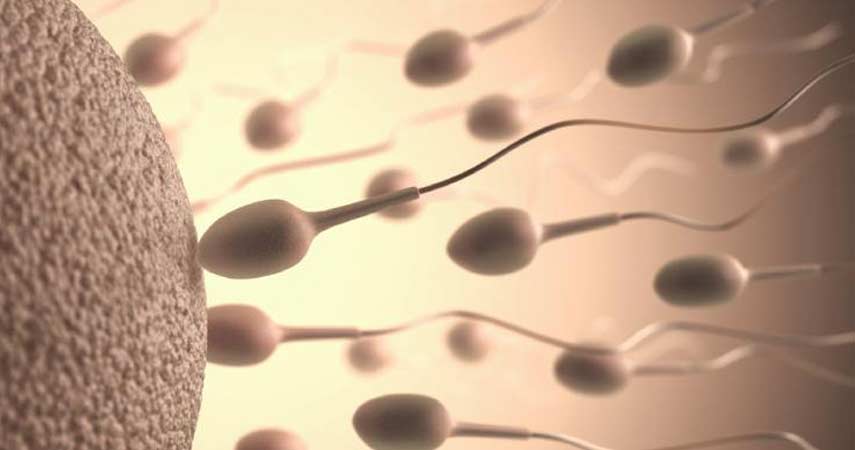
Unlike some of the diseases that do not have clear symptoms, hypospermia has a visible symptom. Men with hypospermia usually produce a lower volume of semen during ejaculation. As mentioned earlier, a semen analysis that shows lower than 1.5 ml of semen volume represents a clear hypospermia diagnosis.
What is the Impact of Hypospermia on the Fertility of Men?
Hypospermia results from a condition where the outflow of semen is blocked due to obstruction of the ejaculatory ducts or the semen flowing backward into the bladder rather than flowing forward.
This leads to ejaculation of low volumes of semen during the sexual act. Ejaculation of low volumes of semen reduces the number of sperms and therefore minimizes the chances of sperm reaching the female egg. This can lead to infertility as it hard for such men to cause pregnancy naturally.
How is Hypospermia Diagnosed?
There are various ways that can be used to diagnose this condition depending on the causes. Therefore, after having a consultation with your doctor, a doctor may recommend that a patient take various tests to confirm that you are indeed suffering from hypospermia.
The outcome of these tests will guide the doctor into suggesting the right treatment method that is ideal for the patient. The following are some of the standard techniques applied by the doctor to diagnose hypospermia.
1. Patient’s Medical History
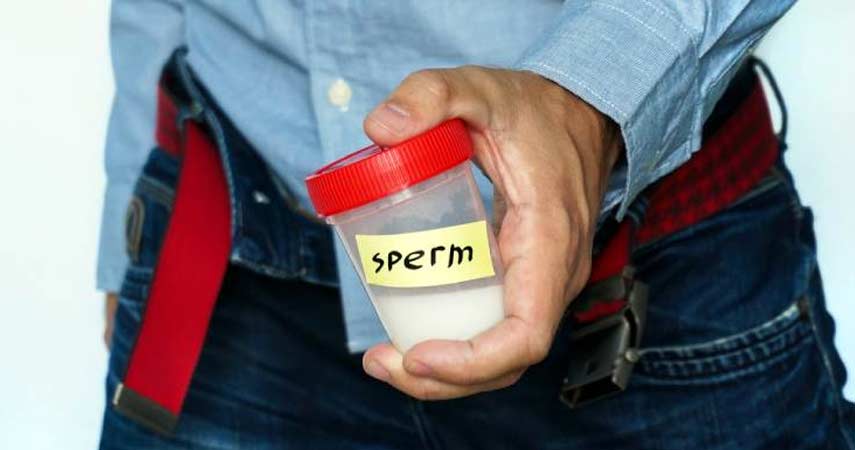
Studying the medical history of the patient helps the doctor to understand clearly if the condition is indeed hypospermia and the possible cause. This is because just like in case of other diseases, hypospermia can be caused by the past medical conditions of the patient.
The doctor will inquire about abstinence period from the patient, the methods used to collect the semen and if the collection was completed.
Then the doctor asks the patient whether he thinks that volume of collected semen compare to the one produced during sexual activity. This helps in identifying patients that produce low semen volume during the collection of the specimen and not during sexual activity.
The medical history should also check the sexual function of patents by asking about erection, ejaculation, libido, and orgasm. This helps in determining the psychogenic conditions that are contributing to hypospermia. Therefore, a question that seeks to find out whether the patient is achieving an orgasm can be very important in determining these conditions.
The doctor should also be able to determine whether the condition is due to a pathologic condition. This involves identifying whether the condition is as a result of retrograde ejaculation[3] or obstruction of the ejaculatory ducts.
A patient with cloudy urine history after ejaculation is a sign that the condition could be hypospermia due to retrograde ejaculation. A complaint about absent ejaculation should prompt a question about whether the patient has ever undergone prostate surgery or earlier suffered from neurologic or spinal diseases.
However, neurologic dysfunction can be identified through other symptoms that include bowel or bladder dysfunction and leg weakness.
Finally, patients with symptoms like hermatospermia or pain during ejaculation and had had prior prostate or infection could be suffering from hypospermia linked to EDO. Checking the patient’s history can also help in identifying any hypogonadism symptoms, which includes decreased libido, low energy, weakness and mood changes.
2. Physical Examinations
The doctor then asks the patient to take some physical examinations after checking the medical history. This involves evaluating the external genitals and assessing the status of androgenization that includes vas deferens palpation, neurologic examination of the lower-extremity and digital rectal examination.
After the results of physical examinations of all the important parts of male reproductive system parts, the doctor can identify the cause of the condition.
Some of the common findings for physical examinations include small testes volume, scrotal or inguinal scars, testicular with low mass and the varicocele. Besides, the doctor will identify low-sperm count, the absence of the tubules and palpable prostatic abnormalities.
3. Semen Analysis
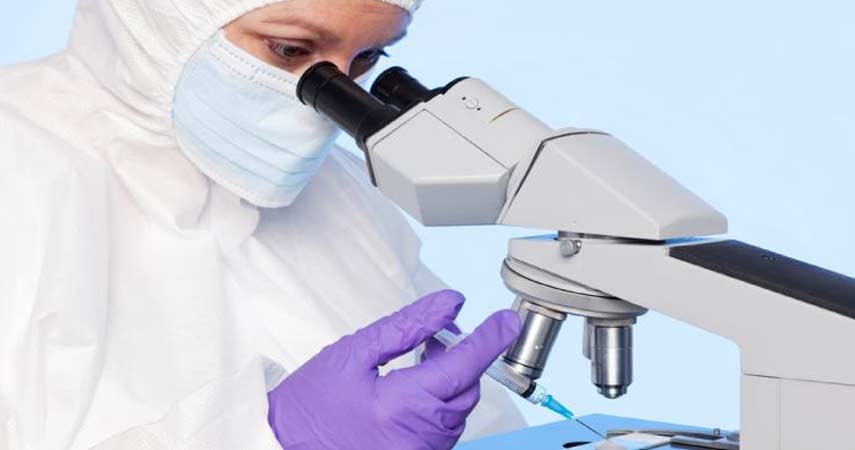
This involves assessing other parameters in analyzing semen, which could be important in identifying the likely underlying causes. If the outcomes of the analysis of the semen parameters show that it is normal, the result could be linked to partial retrograde ejaculatory or collection issues.
Results that show symptoms of hypogonadism or partial obstruction of the ejaculatory duct are associated with Oligospermia. Presence of Azoospermia conditions could suggest complete retrograde ejaculation, obstruction of ejaculatory duct or emission failure.
On the other hand, the absence of low pH or fructose may suggest a pathologic condition of seminal vesicle and ejaculatory duct obstruction problem. Other conditions linked with abnormal results on semen analysis include epididymal obstruction[4], varicocele, and testes failure.
4. Post-Ejaculate Urine Test
The test is done to patients to determine patients with retrograde ejaculation. This procedure involves asking a patient to give his urine as specimen and then carry out a normal semen collection that is followed by an analysis of sperm.
In analyzing the sample for sperm, the urine takes 10 minutes to be centrifuged at 300g and then suspended in1 ml of saline. This allows for a total sperm count and concentration determination. Finally, the concentration and sperm count is used in identifying a patient with retrograde ejaculation.
What are the Major Treatment Methods for Hypospermia?

The doctor may suggest any of the various treatment methods available for getting rid of the causes of hypospermia. In most cases, the doctor may opt for a simple therapy and other non-invasive treatment methods, though may fail to work for the patient.
If all the invasive methods fail to work on the patient, the doctor may recommend a surgery to be done to eradicate the causes of hypospermia.
However, if the cause of the condition is associated with certain medications, the doctor may suggest that the patient should stop taking the medication. The following are some of the common treatment methods for Hypospermia:
1. Self Therapy
Self-Therapy is one of the most straightforward methods that you can try but can only work if the hypospermia condition is a minor one or it is in its early stages. The treatment procedure is applied during sexual intercourse, and it involves stimulation of the rectal prostate. Moreover, the patient is also expected to maintain a healthy lifestyle as this could be helpful in overcoming the underlying causes.
2. Conventional Medicine
This is the most common and useful treatment method for hypospermia condition. There are two categories of traditional medicines used in the treatment of this disease. These include Pharmacotherapy and surgery.
Pharmacotherapy
This treatment method is suggested when the cause of the hypospermia is due to an infection or an inflammation. However, treating the infection does not guarantee an immediate increase in the volume of semen produced.
This means that after treatment hypospermia or low semen volume will require the help of supplements to boost the secretion of semen. Some of the common supplements suggested for hypospermia patients include Volume Pills, Prosolution pills, and Semenax as they have been clinically proven to improve the male sexual performance.
On the other hand, other medications that help in treating low semen production are used.
Patients with the retrograde condition due to partial neurological lesions such as diabetes mellitus can have their normal ejaculation induced by taking ephedrine 30-60 minutes before sexual activity.
Surgical Treatment
Surgical treatment methods are suggested in case of ejaculatory ducts obstruction or retrograde ejaculation. In case of retrograde ejaculation, a surgical procedure can be carried out to correct an issue with the neck of the bladder.
When it comes to treating male infertility conditions and improving semen quality the surgical procedure used is the transurethral resection of the ejaculatory ducts (TURED). This is relatively invasive procedure has a high success rate of helping people to cause natural pregnancies in about 20 percent of the total cases.
However, the procedure has potential severe complications that include causing the ejaculatory ducts to open in the urethra and backflow of urine to the seminal vesicles.
3. Assisted Reproduction
Timed Intrauterine Insemination (IUI)
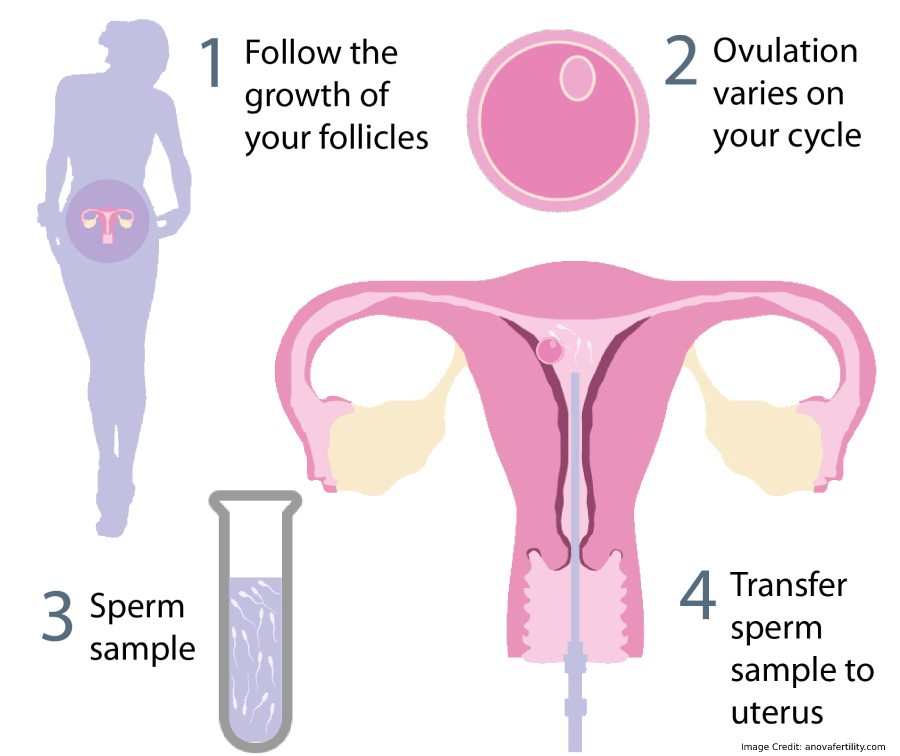
Timed intrauterine insemination (IUI) is done with the sperm recovered by catheter or from post-orgasmic urine to help patients with retrograde ejaculation to reproduce. Rectal electro-stimulation may also be used to obtain the semen.
Recommended fluid restriction minimizes the toxic effects of urine to spermatozoa, phased fluid, sodium bicarbonate intake or instilling a buffer into the bladder, which controls the osmolarity or the pH of the urine. However, IVF or ICSI is recommended in case of reduced production of the spermatozoa.
In Vitro Fertilization (IVF)
The doctor may suggest in vitro fertilization to patients when conservative medical treatment methods fail to work in helping in achieving a healthy pregnancy. The procedure usually starts with the stimulation of the ovaries, which increases egg production.
However, most of the medications used for patients with fertility issues are elements with the ability to stimulate the development of follicles in the ovary. Some of the examples of these medications include gonadotropin-releasing hormone and gonadotropins.
The doctor then uses a surgical procedure to extract one or more eggs from the ovary after stimulation and combines them with sperm. This is done with the intent of producing one or more embryos in a laboratory setting.
The fertilized egg is then taken back into the reproductive tract of the woman through a process referred to as embryo transfer even though the fertilization takes place outside the body.
Intracytoplasmic Sperm Injection (ICSI)
This method is ideal in case of a condition of male infertility that results from low sperm counts and in case, fertilization fails to happen with IVF. The ICSI treatment procedure involves injecting a single sperm into the center of the egg carefully with the use of a microneedle.
This method is efficient, as it requires only one sperm to deliver the desired results while more than 50,000 sperms are required if other procedures are used.
The method is highly recommended for men with low semen volume or ejaculation problems due to obstruction of the ejaculatory tubes in their testes. Moreover, the procedure is also recommended to men with ejaculation problems due to a genetic condition that prevents the release of sperm.
However, such cases require a form of surgical sperm retrieval before ICSI is done. These surgical sperm retrieval procedures include percutaneous sperm aspiration (PESA), testicular sperm obtained through surgical excision and epididymal sperm retrieved by microsurgical aspiration.
What are the Complications Associated with Hypospermia?

Early detection of hypospermia helps in preventing severe complications just like in most of the other serious diseases. This is because early detection allows for timely treatment, which can greatly help in reducing major complications associated with hypospermia.
On the other hand, late detection of this condition can cause further complications to patients. This is because it means that the condition is not treated at the right time, which can lead to infertility, stress and other psychological problems.
These psychological issues greatly affect the male sexual performance[5] by diminishing the sexual desire, libido, and energy.
However, there are several methods to help men with infertility to cause pregnancy as mentioned above. This is because the sperm could be retrieved and used in assisted reproduction.
Are there Ways to Prevent Hypospermia?

One of the most effective ways to prevent hypospermia is treating urinary tract inflammation on time, as it is the major cause of ejaculatory duct obstruction. Therefore, it is advisable to work on minimizing the infection by using antibiotic whenever they are detected. This can greatly help in reducing the risk of suffering from hypospermia.
However, it is important to note that there are no specific ways that can be used to prevent retrograde ejaculatory or ejaculatory duct obstruction. Adopting a healthy life and limiting alcohol consumption, drug abuse and smoking can be very beneficial in reducing the risk of suffering from hypospermia.
Besides, it can also help in decreasing stress levels and prevent psychological problems that contribute to this condition.
Read Next: Aspermia – Causes, Symptoms, Diagnosis, Treatment And More
Conclusion
In conclusion, the amount of the semen or the volume has a minimal effect on the ability of the spermatozoa to fertilize the egg. However, some methods used in determining semen volume can help in identifying the causes for abnormal semen as it offers a measurable parameter.
It is important to understand that hypospermia or low semen volume does not lead to severe infertility issues. However, a combination of this condition with oligozoospermia, which is the condition for semen with low sperm count, can significantly reduce the chance of natural reproduction.
There is no specific treatment method that can guarantee production of larger volumes of semen. However, there various dietary supplements or commercial pills that help in improving the level of semen.
If the issue of low seminal volume is as a result of a condition associated with the prostate or the seminal vesicle, then a surgical method is suggested.
Feature Image: Shutterstock.com
In-Post Image: Shutterstock.com healthcare.utah.edu & anovafertility.com









 This article changed my life!
This article changed my life! This article was informative.
This article was informative. I have a medical question.
I have a medical question.
 This article contains incorrect information.
This article contains incorrect information. This article doesn’t have the information I’m looking for.
This article doesn’t have the information I’m looking for.